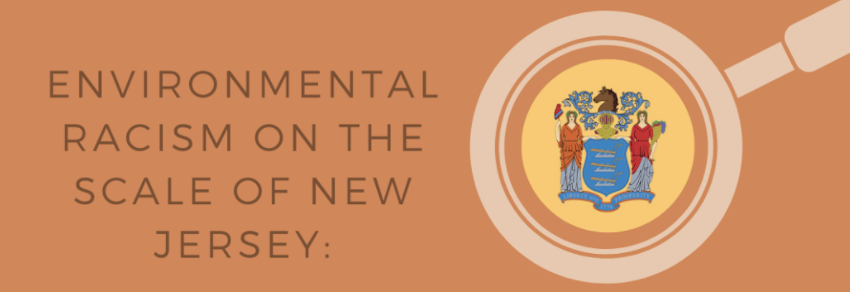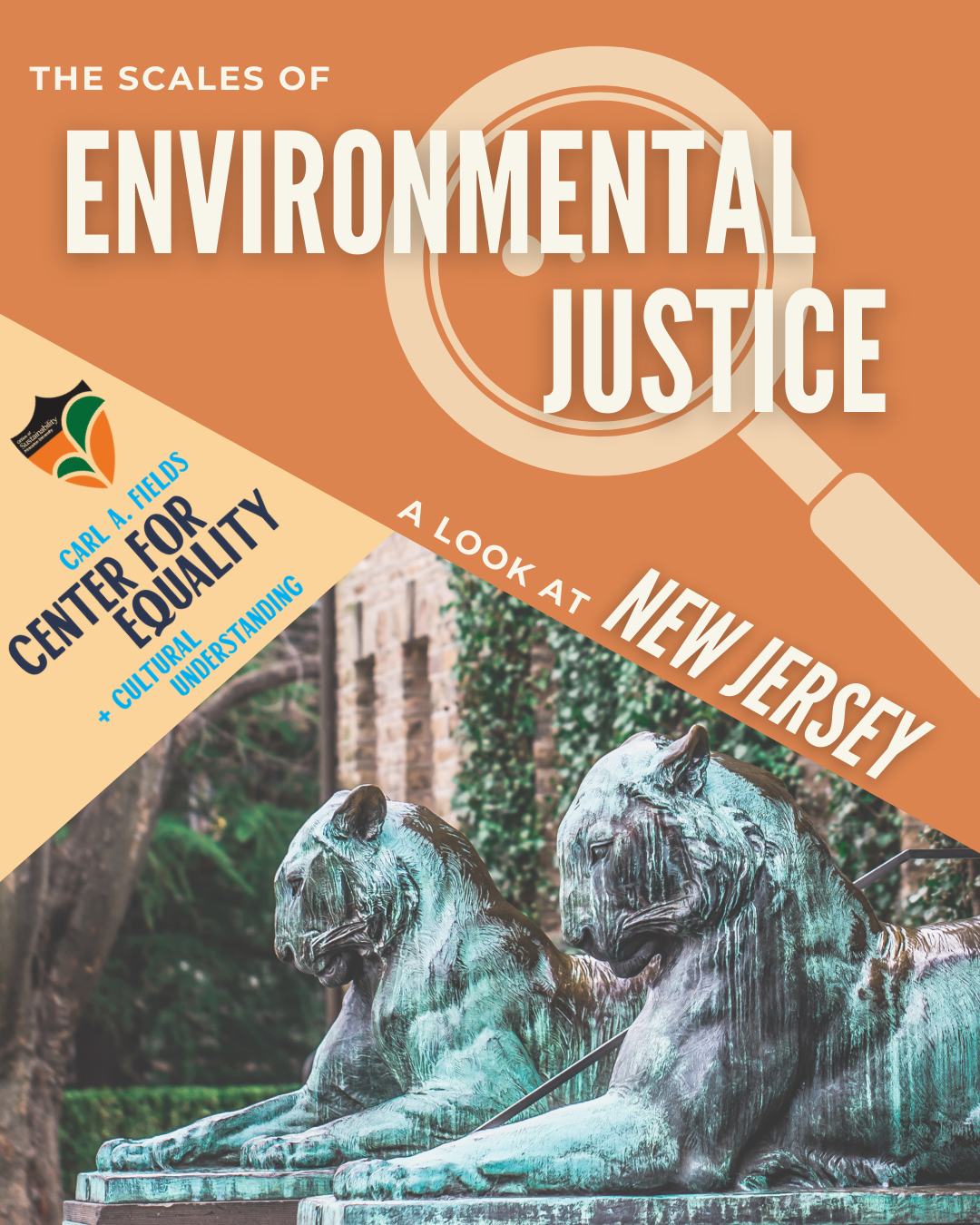Research and Graphics by Saran Toure ‘22
Edited by Wesley Wiggins ‘21

The previous post discussed environmental justice through the lens of local New Jersey policy. This post zooms out to look at how the United States government and other national organizations have addressed Environmental Justice (EJ) issues. The two main pieces of federal legislation addressing EJ are the National Environmental Policy Act (NEPA) and Executive Order (E.O.) 12898
NEPA was signed into law on January 1st, 1970, and requires agencies to go through an evaluation process to determine the environmental, social, and economic impacts of their actions and involve affected communities in the evaluation2. This act specifically calls for the federal government to prepare Environmental Impact Statements (EIS) and Environmental Assessments (EA) which look at federal legislation and projects to evaluate the environmental impacts and potential alternatives and solutions to harmful impacts. Citizens can participate in these assessments during the scoping process through public meetings, workshops, hearings, and other means1.
This act is bolstered by E.O. 12898 which was ordered by former President Bill Clinton on February 16th, 1994. This act is also addressed as “Federal Actions to Address Environmental Justice in Minority Populations and Low-Income Populations”5. The purpose of the executive order was to focus more attention on environmental and health conditions that resulted from federal actions to ensure a safe and healthy environment for all communities. This order directs federal agencies to make a plan to address environmental injustice, promote non-discrimination in federal health and environmental programs, and provide information and participation opportunities to low-income and marginalized communities5.
Though these policies have done a lot for communities since they have been enacted4, there is still a lot more work that can be done on the national level to improve conditions for communities affected by environmental racism. There is also a lot that can be done by individuals to hold the government accountable like learning about the environmental impacts of federal agencies, participating in the NEPA process for your community, and voting in local and federal elections to protect and improve laws. Additionally, you can support national environmental justice agencies like Earth Justice6 and Protect NEPA4.

Sources:
- “How Citizens Can Comment and Participate in the National Environmental Policy Act Process.” EPA. Environmental Protection Agency. February 6, 2017. https://www.epa.gov/nepa/how-citizens-can-comment-and-participate-national-environmental-policy-act-process
- “What is the National Environmental Policy Act?” EPA. Environmental Protection Agency. September 17, 2020. https://www.epa.gov/nepa/what-national-environmental-policy-act
- “Environmental Justice Timeline.” EPA. Environmental Protection Agency. June 2, 2017. https://www.epa.gov/environmentaljustice/environmental-justice-timeline
- “Environmental Justice” Protect NEPA. Accessed November 28, 2020. https://protectnepa.org/environmental-justice/
- “Summary of Executive Order 12898 – Federal Actions to Address Environmental Justice in Minority Populations and Low-Income Populations.” EPA. Environmental Protection Agency. July 23, 2020. https://www.epa.gov/laws-regulations/summary-executive-order-12898-federal-actions-address-environmental-justice
- “The Trump Administration Wants to Undo the People’s Environmental Law.” Earthjustice. August 31, 2020. https://earthjustice.org/features/nepa


